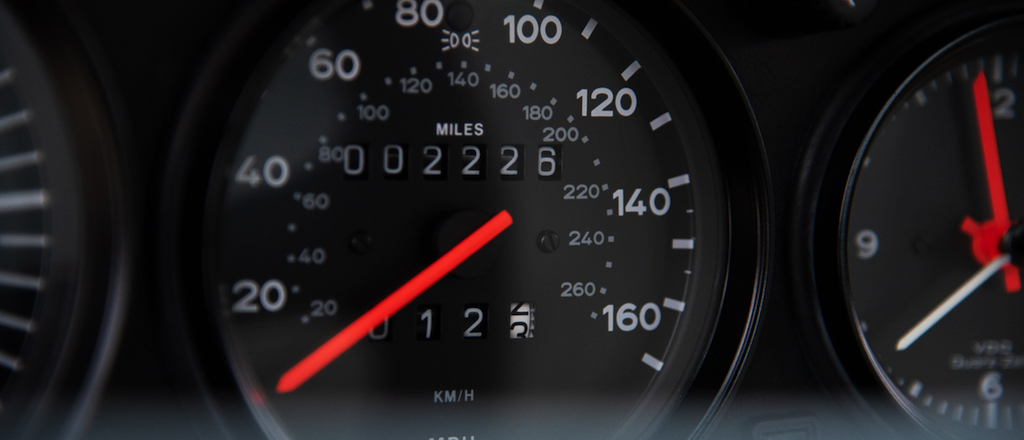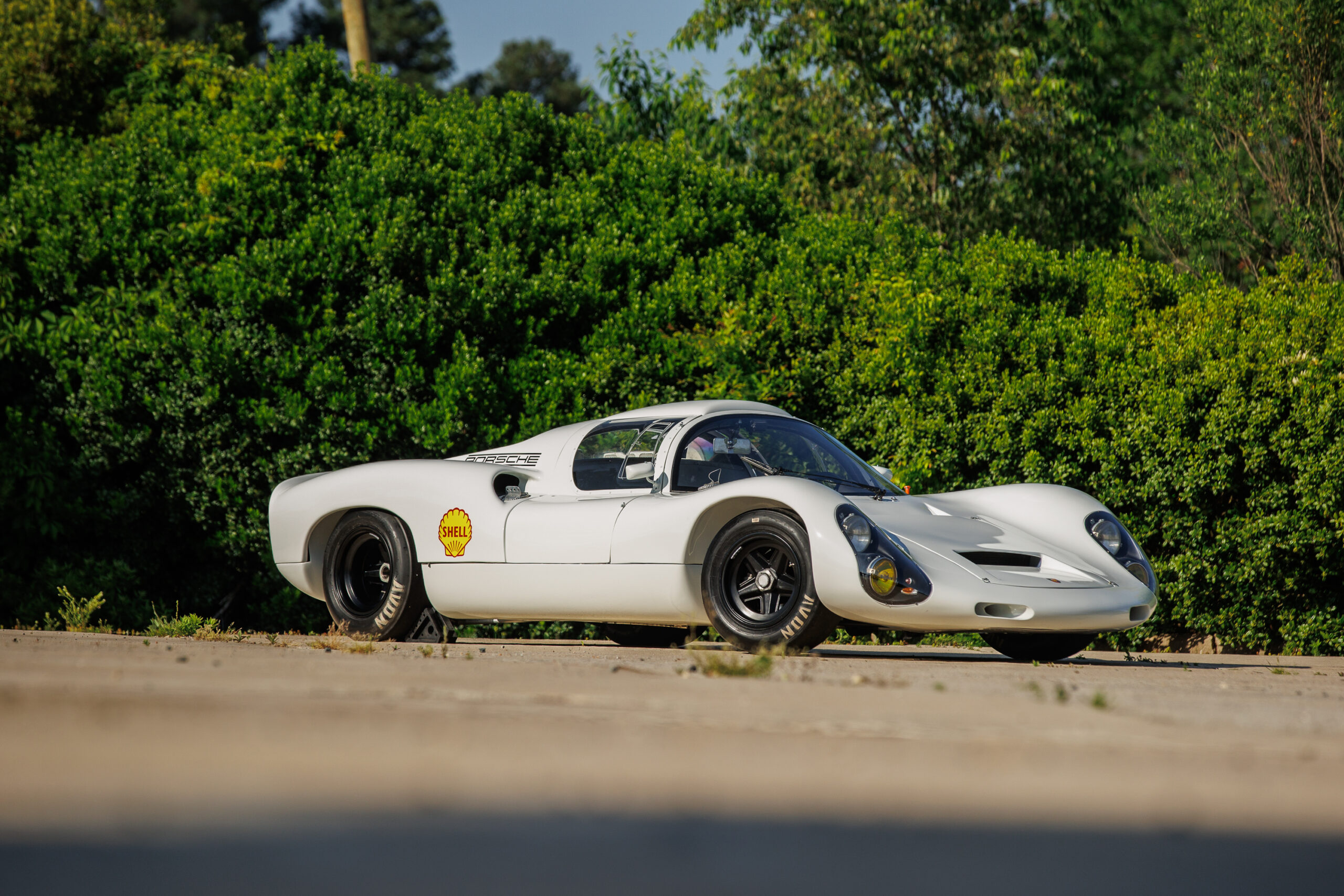As a guy walks out of the bar, he gazes silently at two dialed-in G body 1980’s 911 coupes that are available for sale. The first is a 1985 Grand Prix White over black 911 coupe with 19,000 miles and the second is a 1985 Grand Prix White over black 911 coupe with 106,000 miles. Basically, they are the same optioned car with original paint and similar dry climate ownership history; the mileage is the only difference. The asking price of the first 19,000-mile 911 is almost twice that of the second 911 with 106,000 miles. What’s the better buy? What’s the better ownership experience? What’s the better investment? What’s your move?
You’re likely thinking you need more information to help make your buying decision. You also may have already stated that regardless of the other information provided you should purchase the 19,000-mile optioned car if it’s within your budget. You can always perform the routine service and get the 19,000-miler sorted if it’s been sitting in a garage more recently and not getting exercised or serviced often. You may be right. Odometer readings often dictate where collectible cars land when looking at price ranges. The older the car the less this seems to be the case.
The first question almost everyone always asks when looking at a vehicle purchase is “what are the miles?” But the mileage only tells half of the story. We have all seen or maybe even owned a low mileage Porsche that ultimately needed some serious love because it wasn’t driven or serviced on a regular basis, which ended up allowing the maintenance to be somewhat “deferred” to put it politely to the next owner. Likewise, we have all seen a high mileage Porsches that may have needed nothing. It arrived with a stack of paperwork and history and was up to date with its service, you simply stepped into an amazing driving experience. The previous owner was passionate about driving and maintaining the car and did so with a blank checkbook.
Perhaps the first question everyone should ask is what is your goal with this purchase? This four-year-long market correction on Porsche values has proven that not all air-cooled 911s can be seen as bombproof investments. Decide how you want to use your money.
Do you want to add enjoyment and intrinsic value to your life by driving and enjoying your Porsche? Or do you want to focus on blue-chip grade cars at the top tier of the market? These are different goals and experiences that can be rewarding if you approach the decision methodically.
Are you a collector or a driver? Can you be both? Yes, I think you can. Consider again at the two cars mentioned above. The lower mileage car would tend to be the more desirable. This is based solely on the miles. It’s not a special edition Carrera, just a real nice clean example. If you purchase the 19,000-mile vehicle and drive it approximately 3,000 miles a year, it would still only have 28,000 miles after three years of ownership. That’s “under 30k miles” and still most enthusiasts would consider that to be “low miles” for that length of time and model. But this mileage goal also allowed you 250 miles per month of driving enjoyment. That’s hitting up one or two local cars-and-coffee events a month plus a couple of real 100-200-mile weekend drives or save them up for a destination weekend rally where you drive maybe 1,250 miles with a group. Rally events have become popular and these have infused new energy into the hobby that really promotes driving your car. (And if you don’t trust your skills, as many already know, collectors with the best-prepared and lowest mileage cars always have a stable of drivers offering to take the wheel and bring you and your car glory.
Enjoying it both as a driver and as a collectible is really raising the ownership experience. Historically, if we look at the general collectible car market, you can likely drive the car and enjoy it for three years and it will likely gain some in value to offset any miles with the ownership experience in this example. This isn’t always the case but has been the trend with air-cooled Porsche if bought fairly.
So, what is your mileage type? This varies from individual to individual and also changes with time as your personal taste matures in the car collecting culture. Low miles on a 1996 993 TT may be different than low miles on a 1973 Carrera RS. What about the future of the GT3 RS models? Porsche manufactured so many that they’re hardly collectible. As these change hands to younger owners, we may see more of these on the road being driven and enjoyed rather than fewer.
You may also have a low miles threshold that someone else hadn’t even considered. There are collectors seeking only delivery mile examples for their collection, usually double digits and maybe even dip down to single mileage digits. Whatever the odometer count may be on your vehicle, there is an audience waiting for the ownership opportunity. Your mileage type can ebb and flow from car to car and season to season. I know collectors and drivers with a broad spectrum of cars and odometer readings and they enjoy them all for different reasons. The discussion continues and it’s what keeps us engaged and intrigued. I do know that my personal mileage type is “add more.” I’ll be out on the backroads this weekend doing exactly that.




